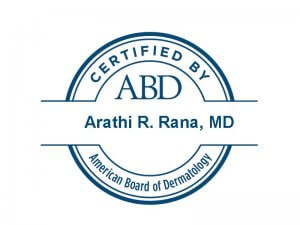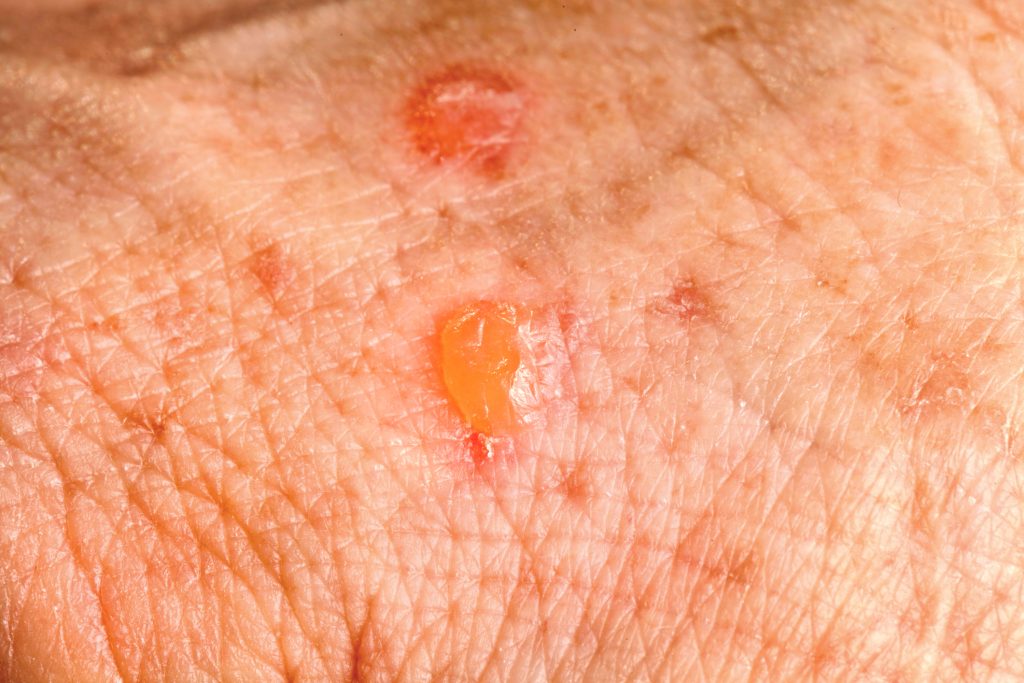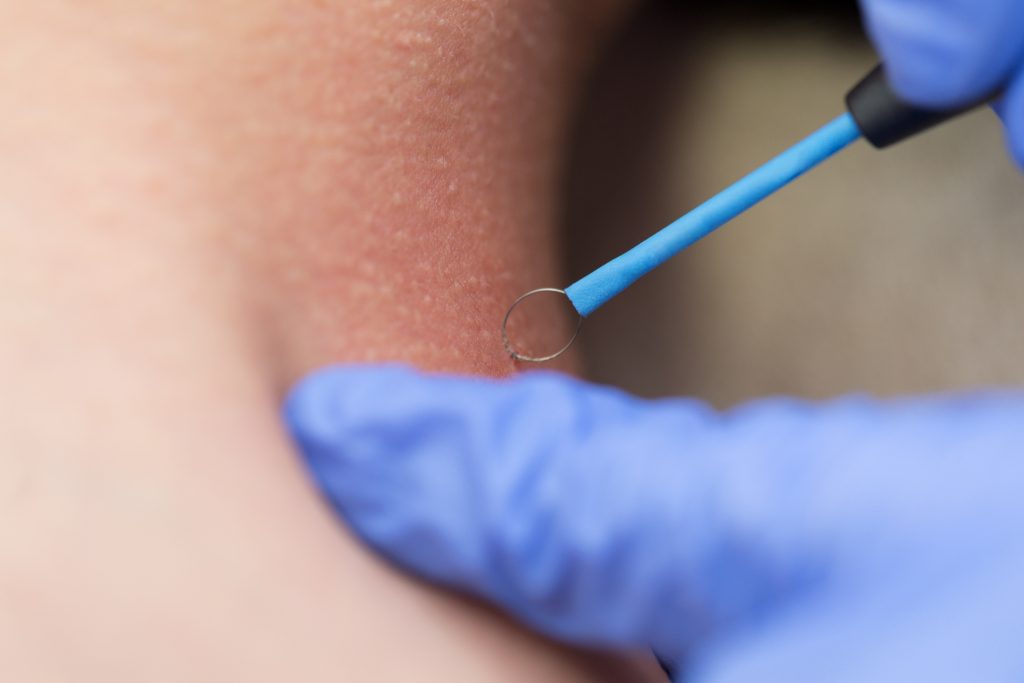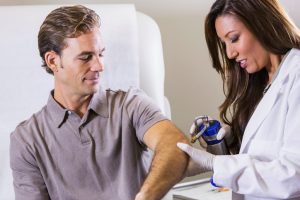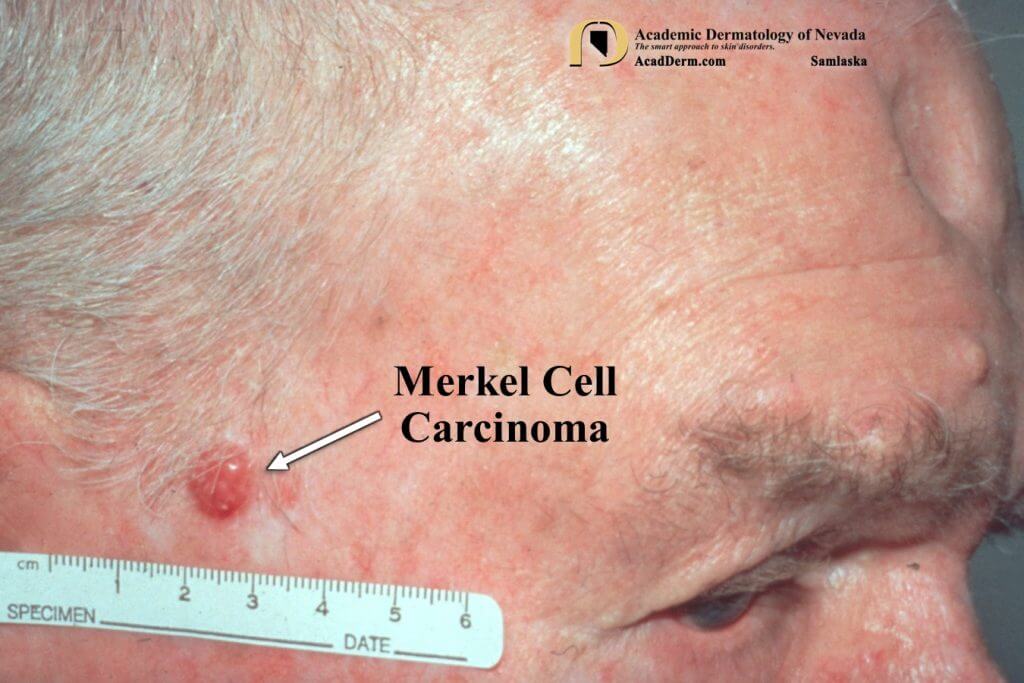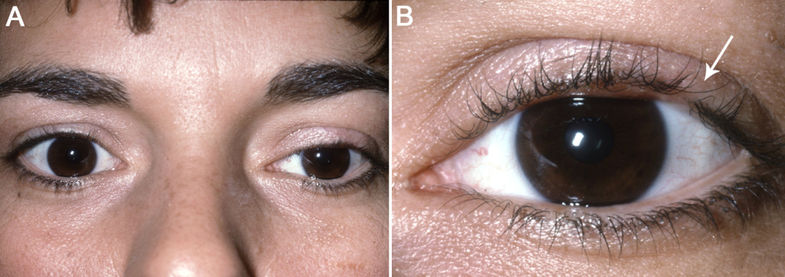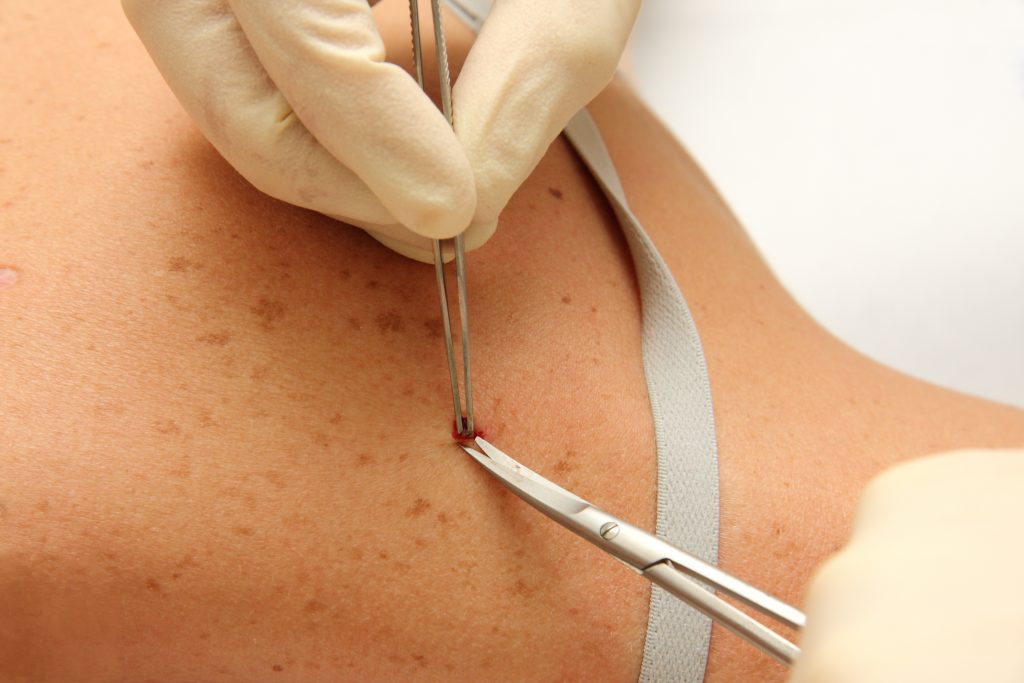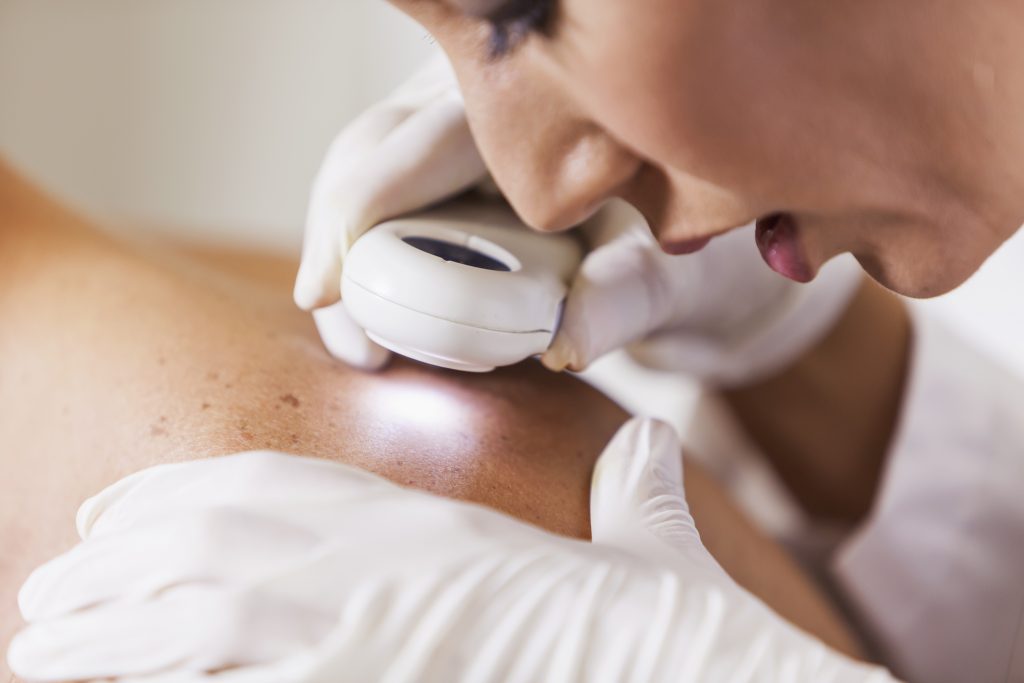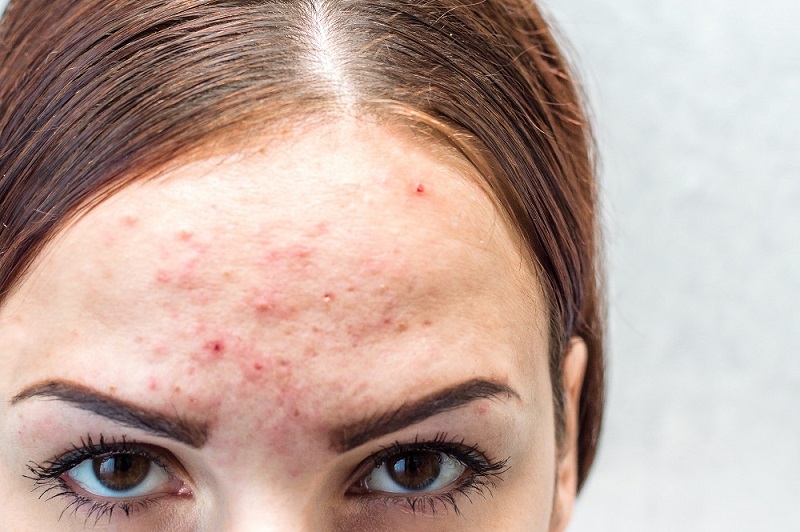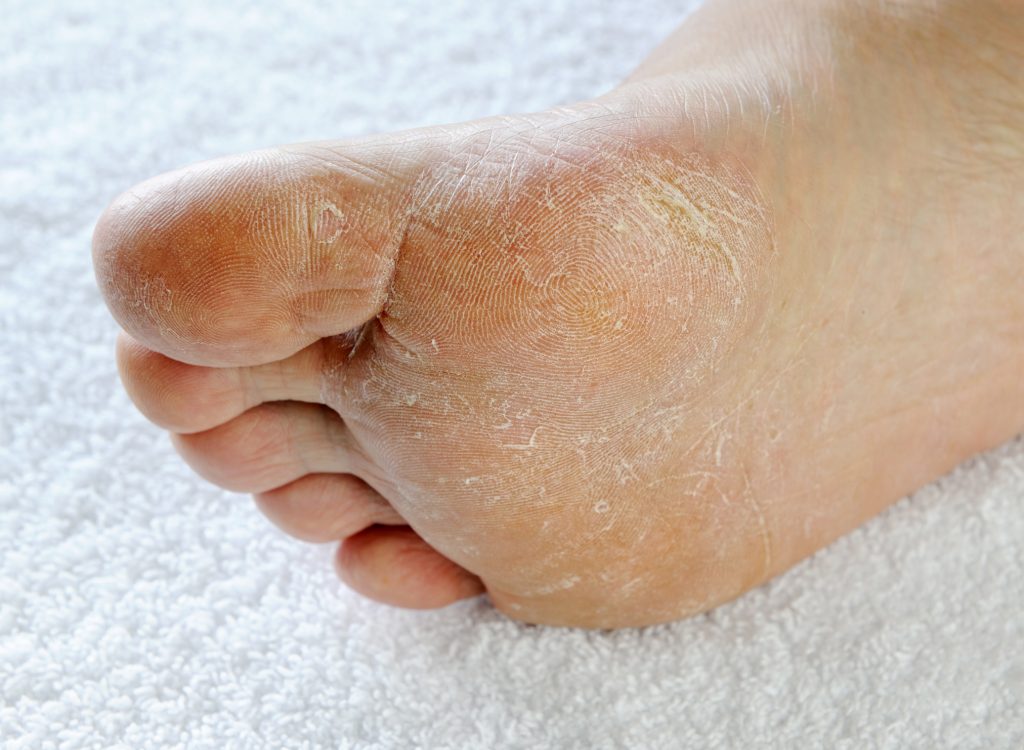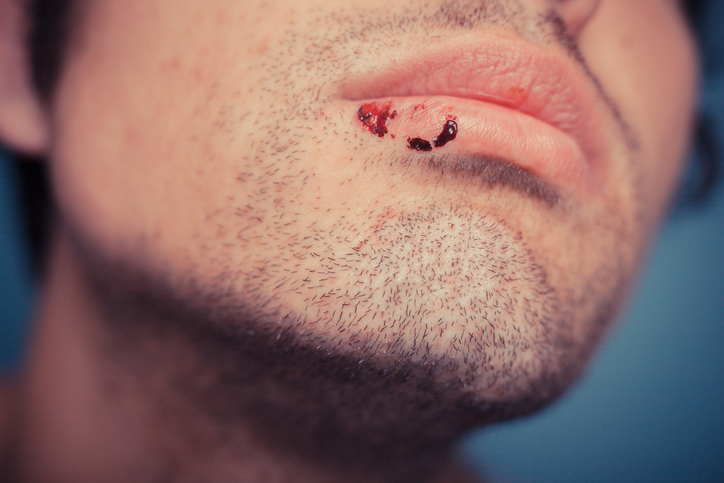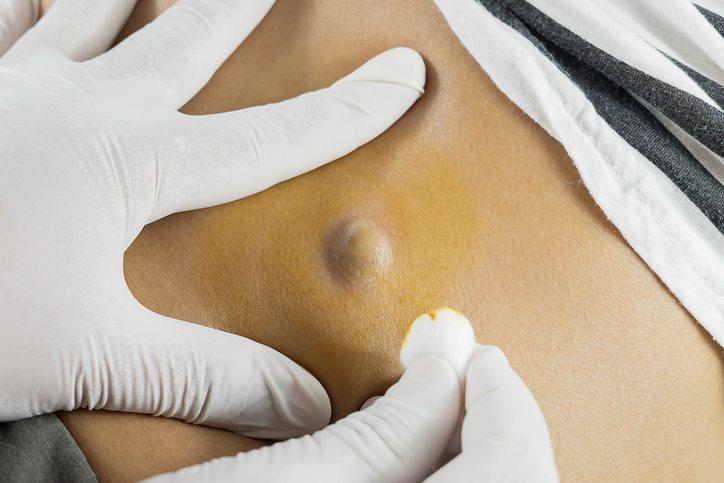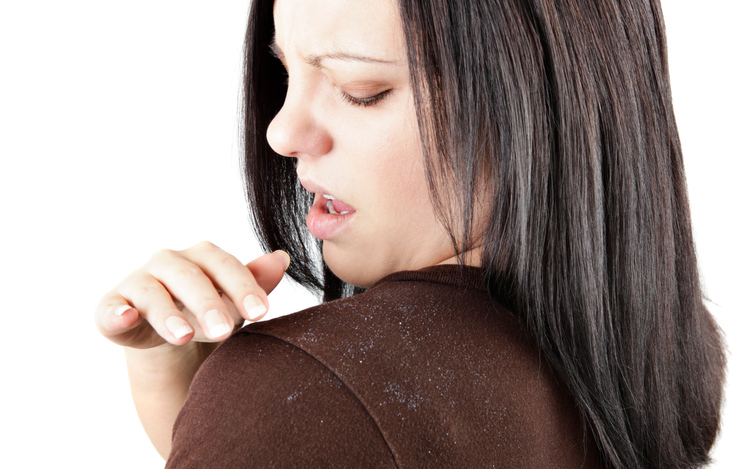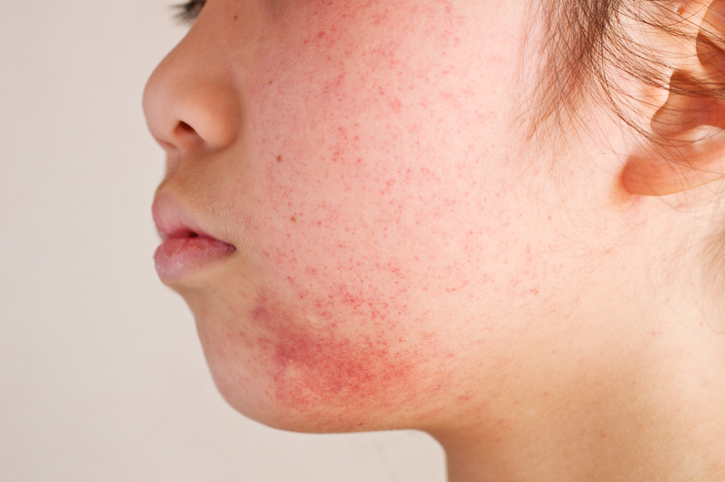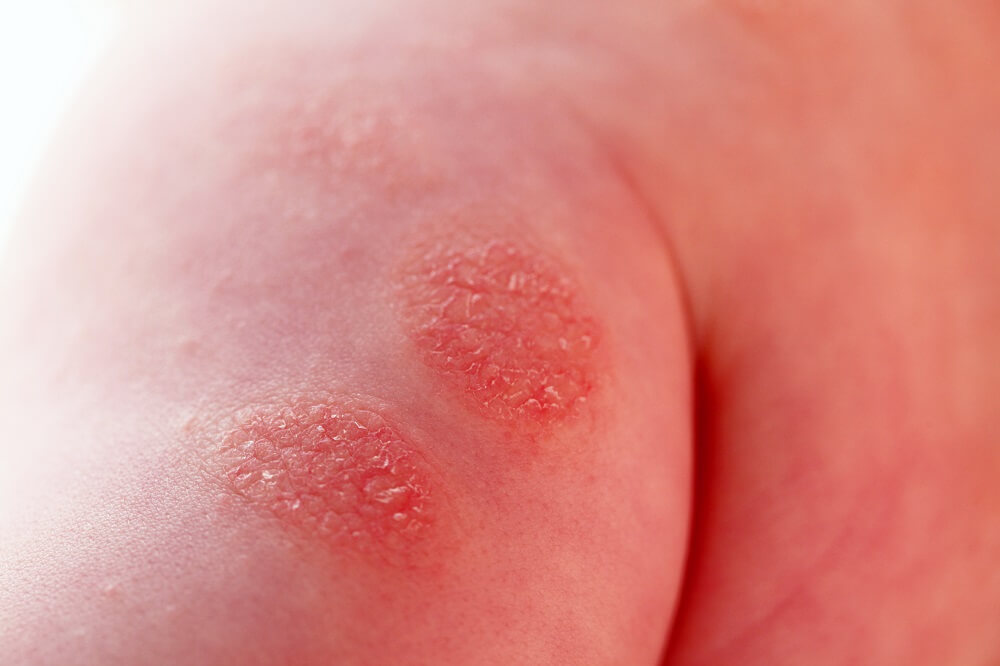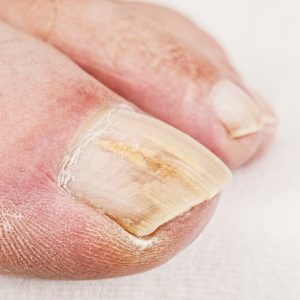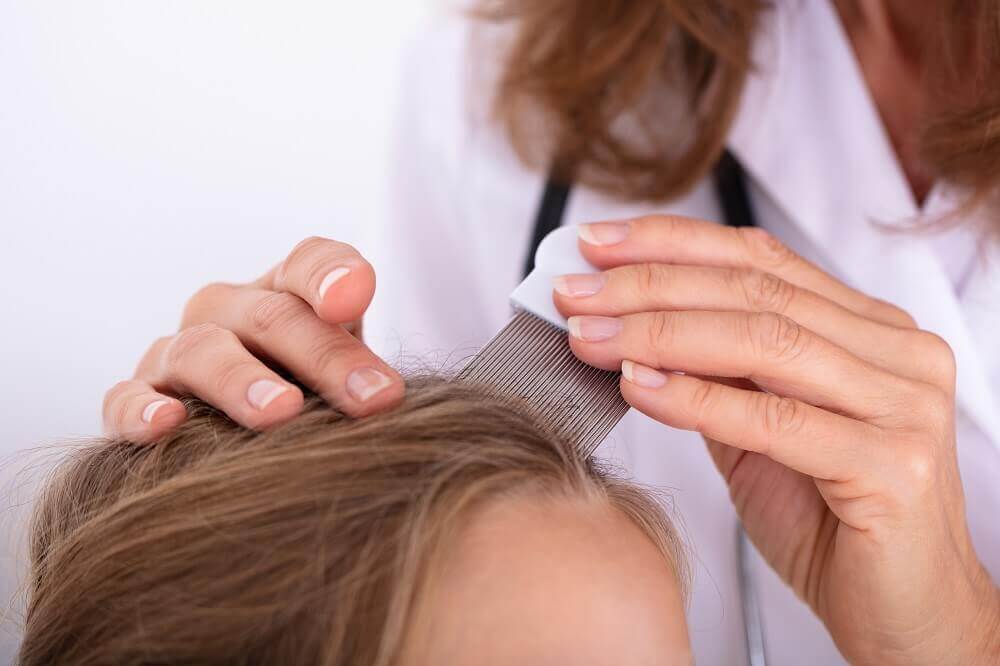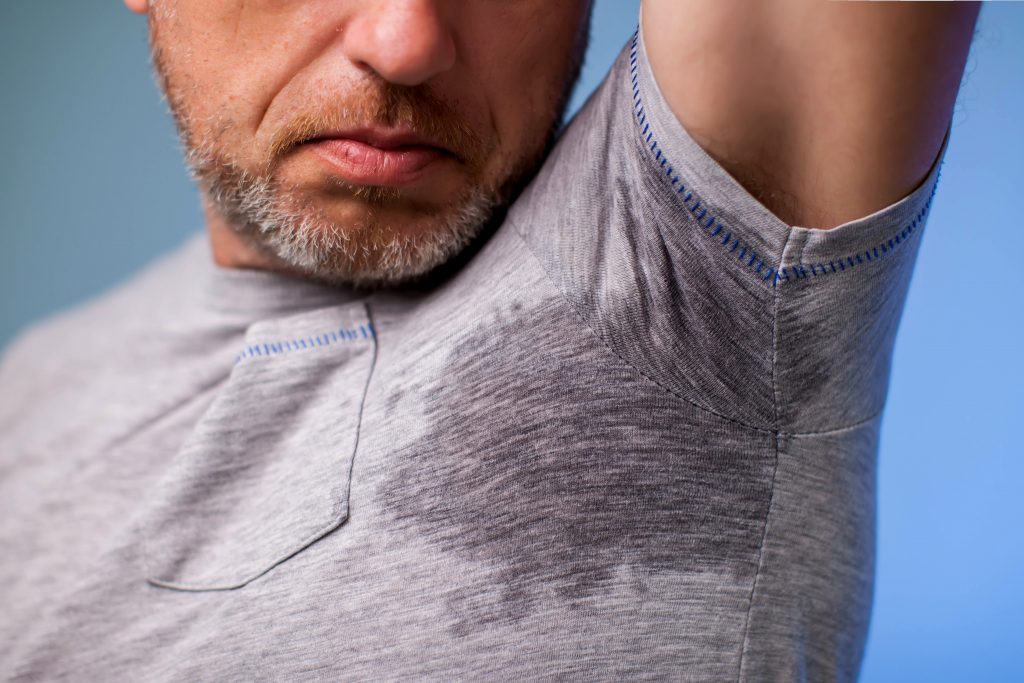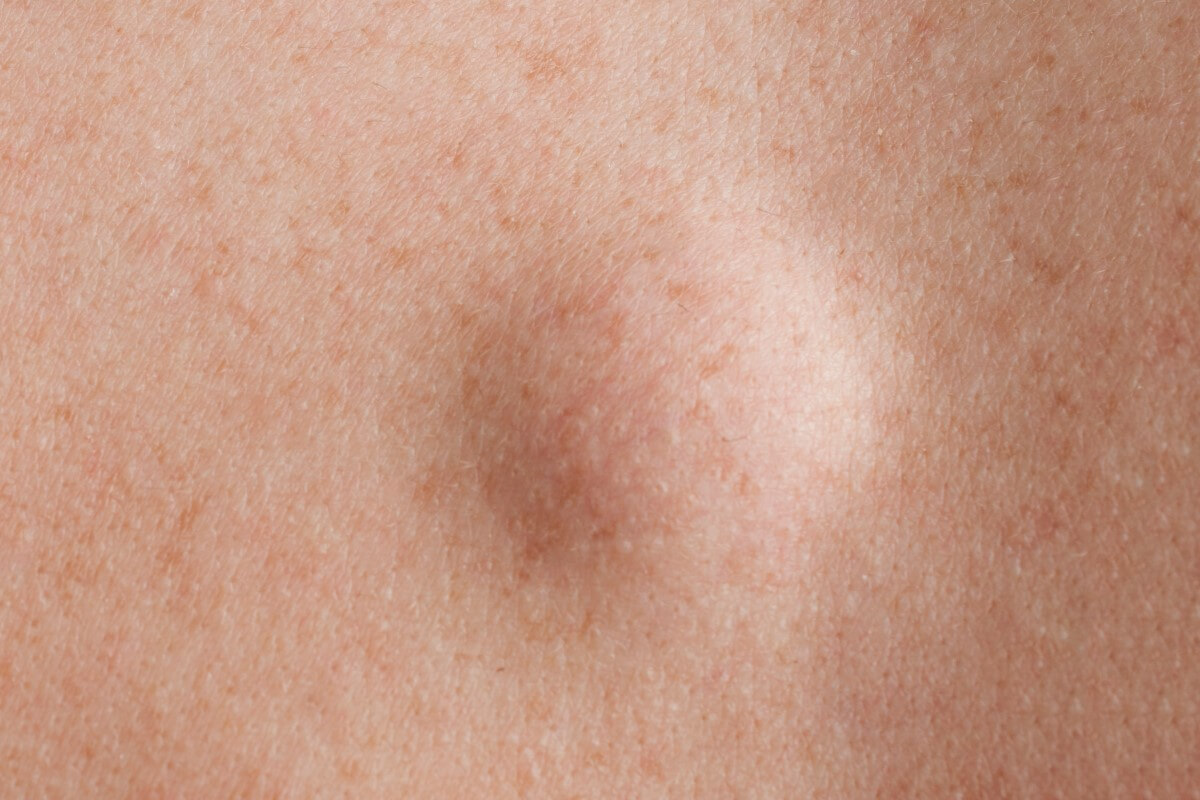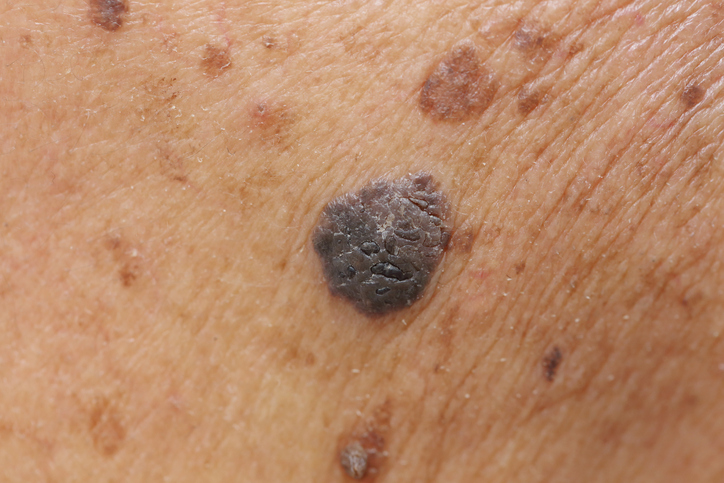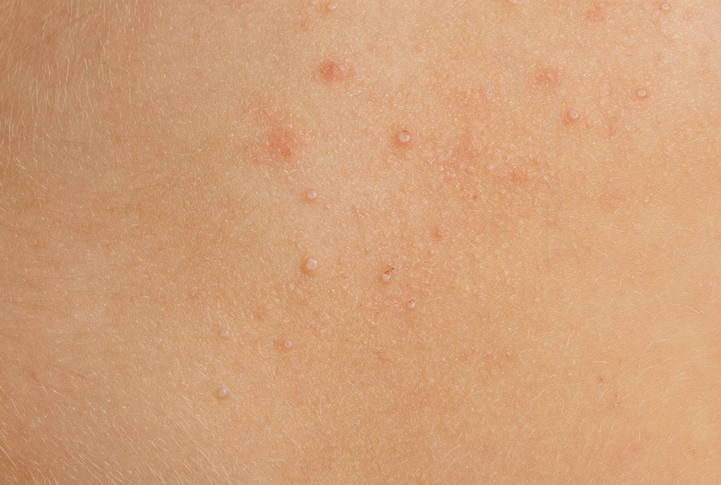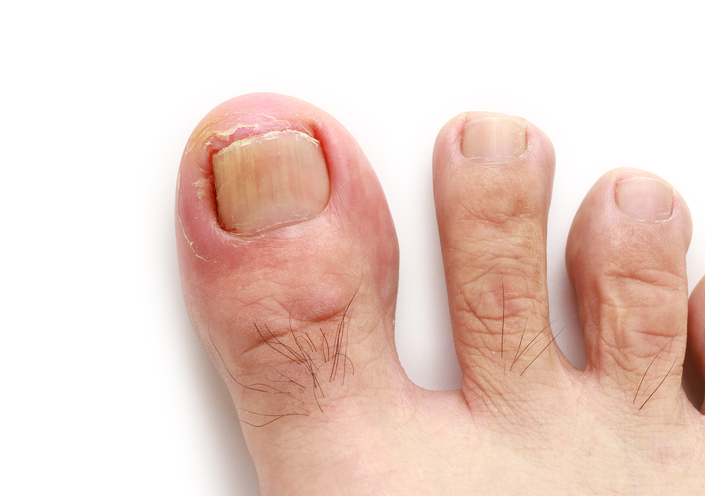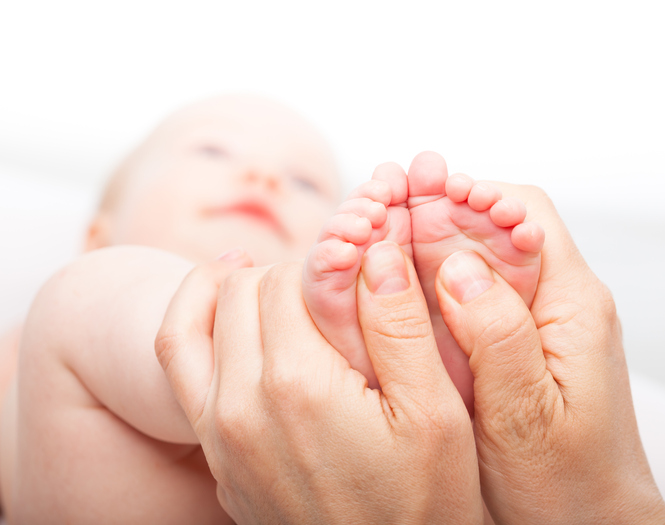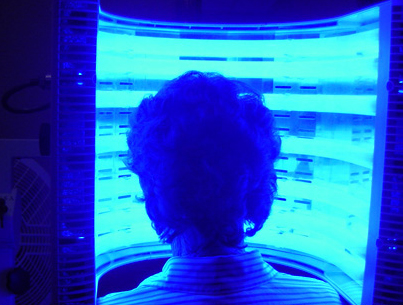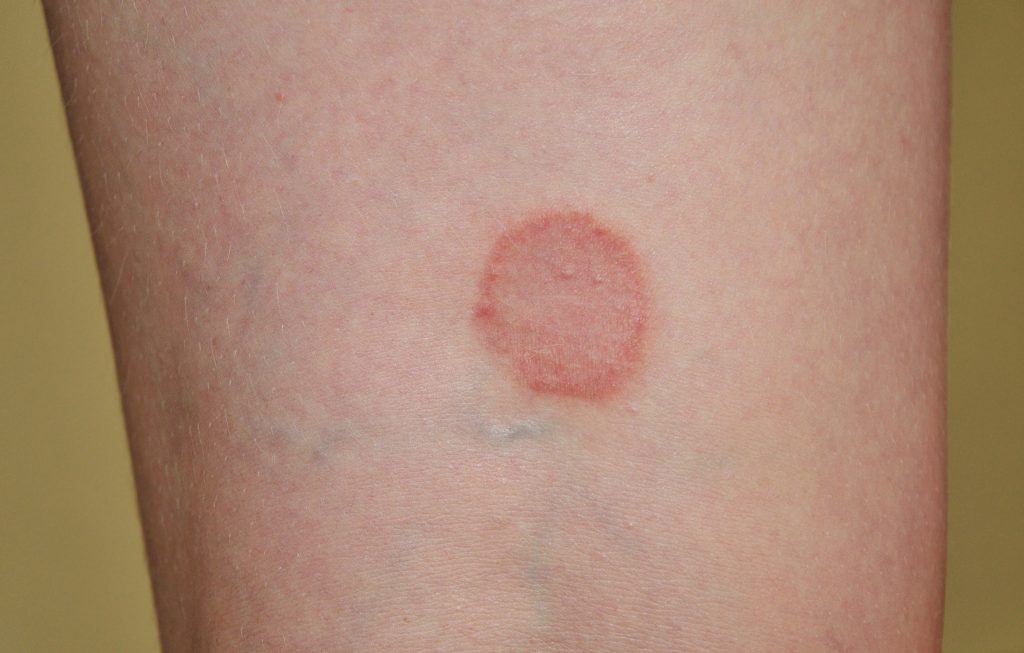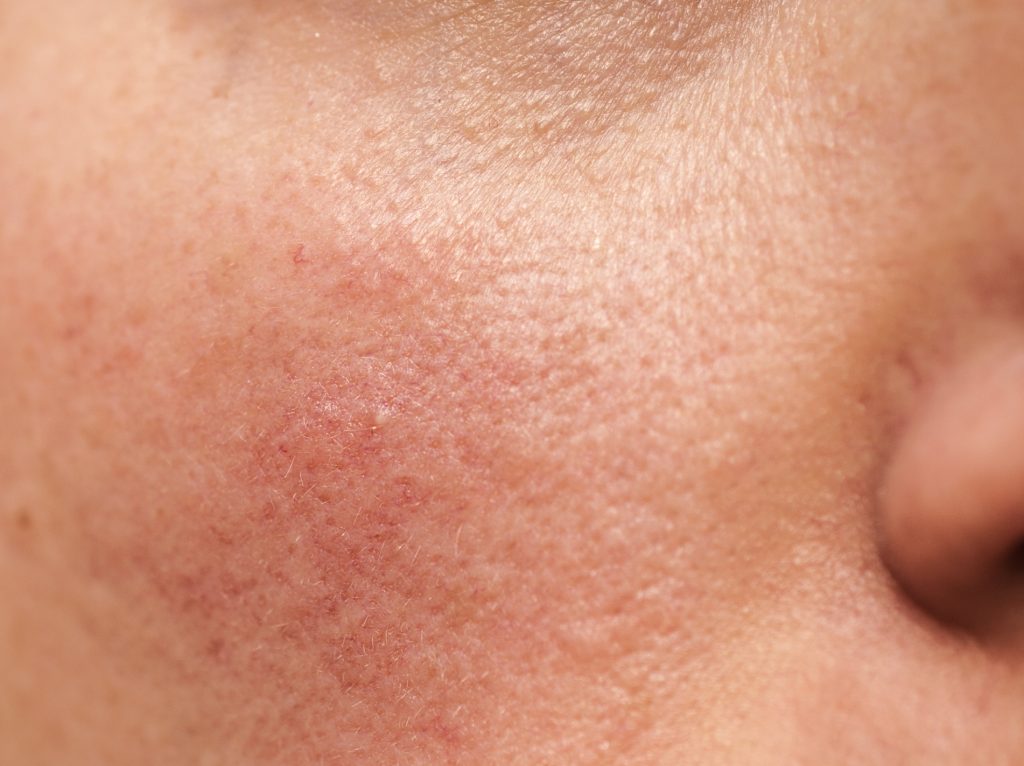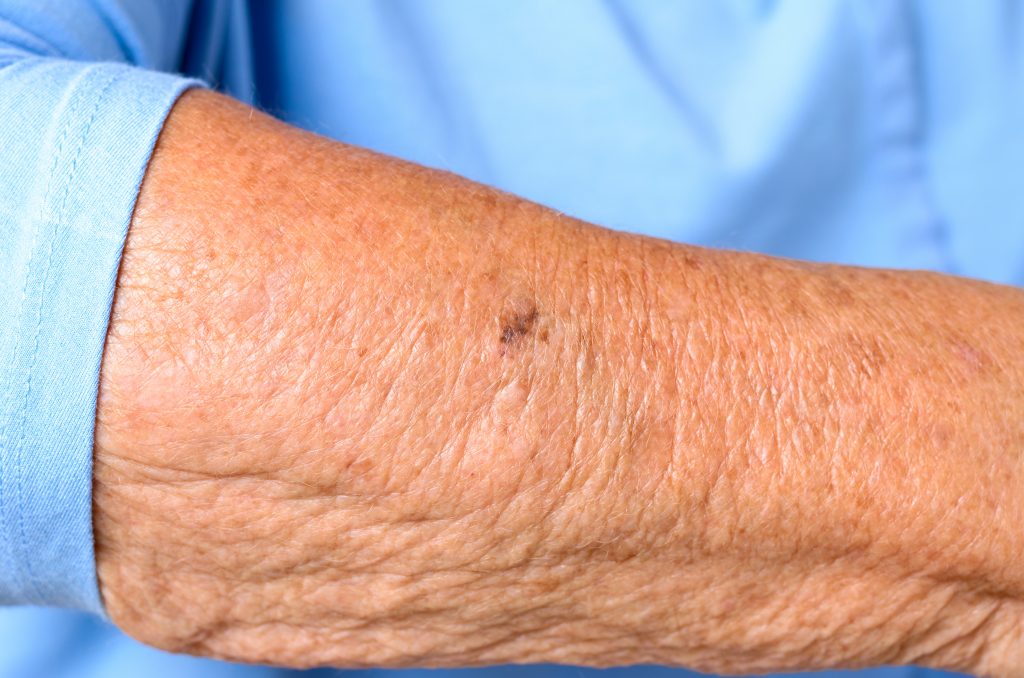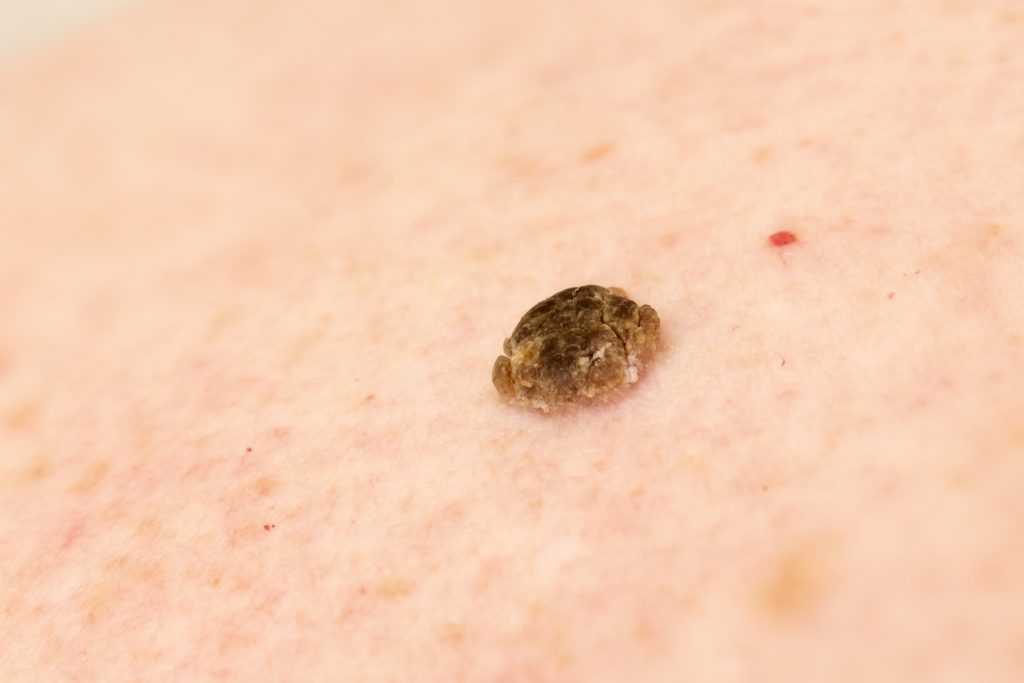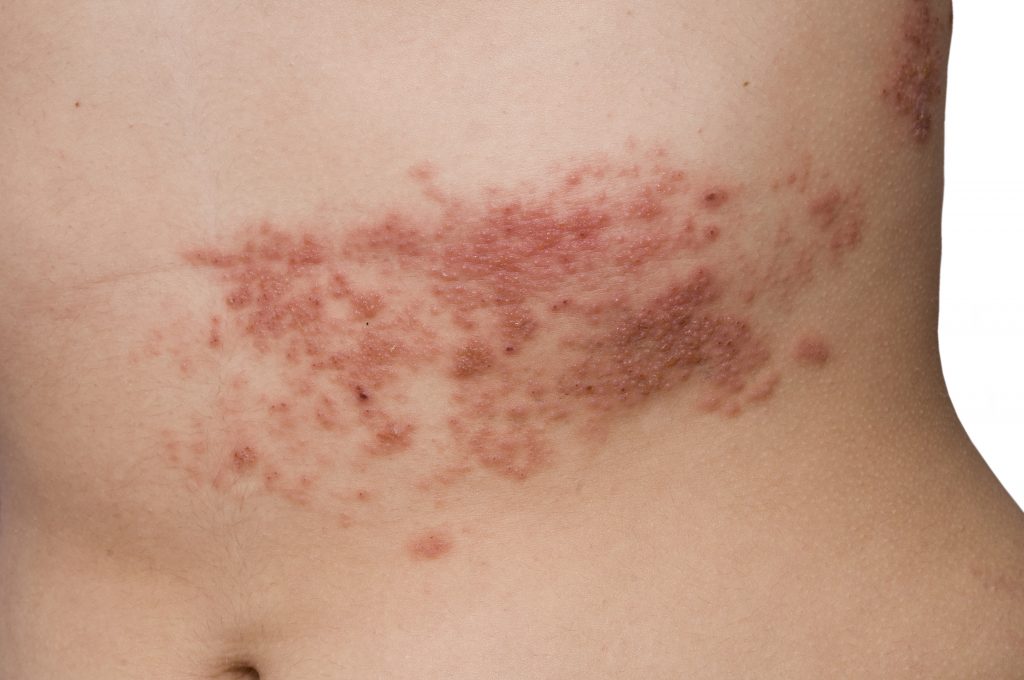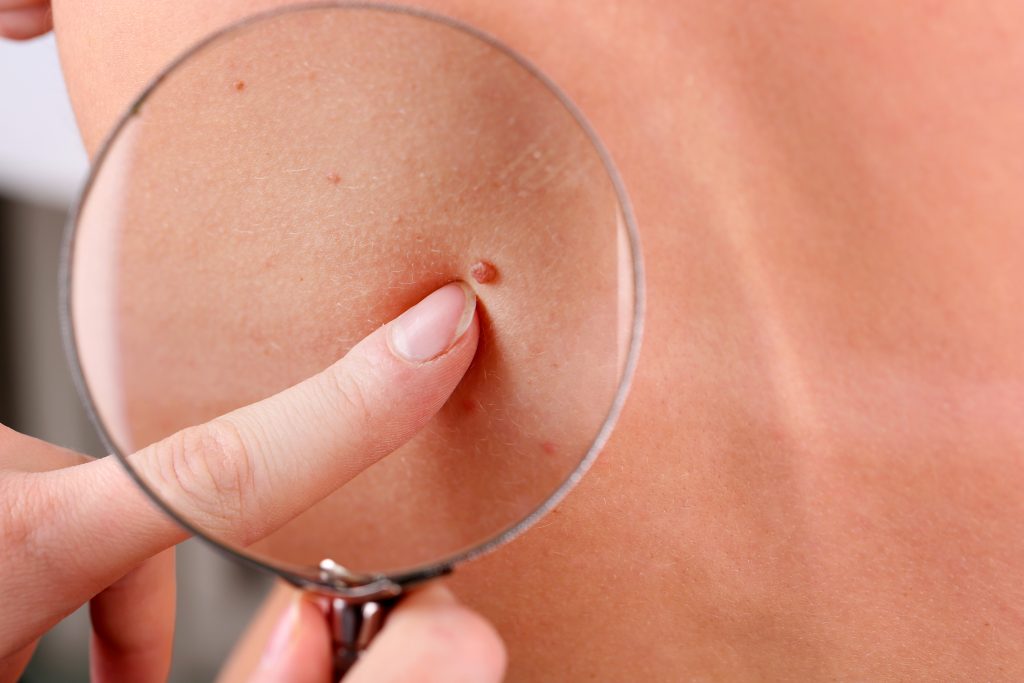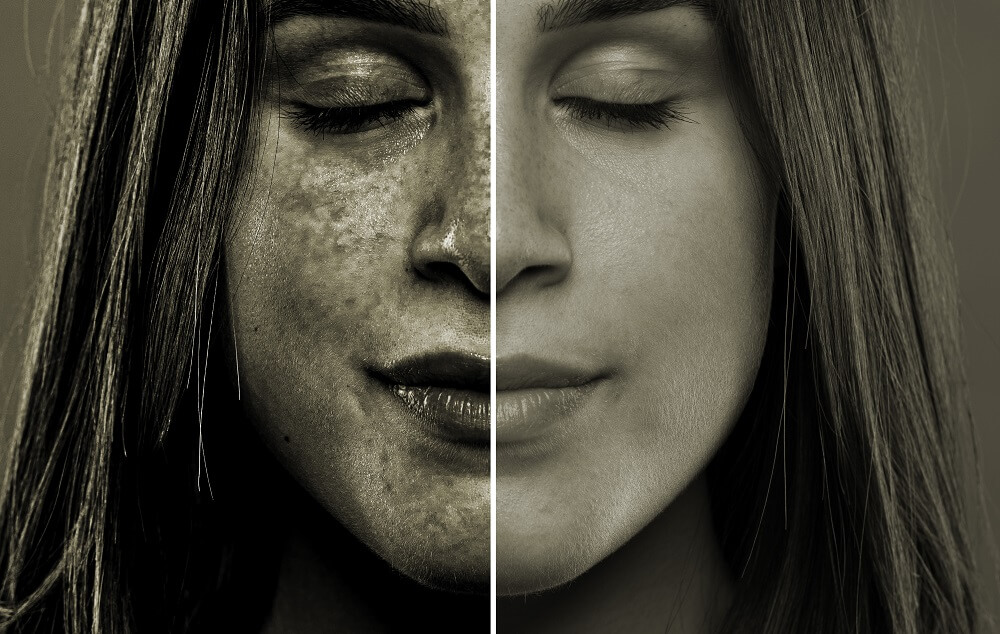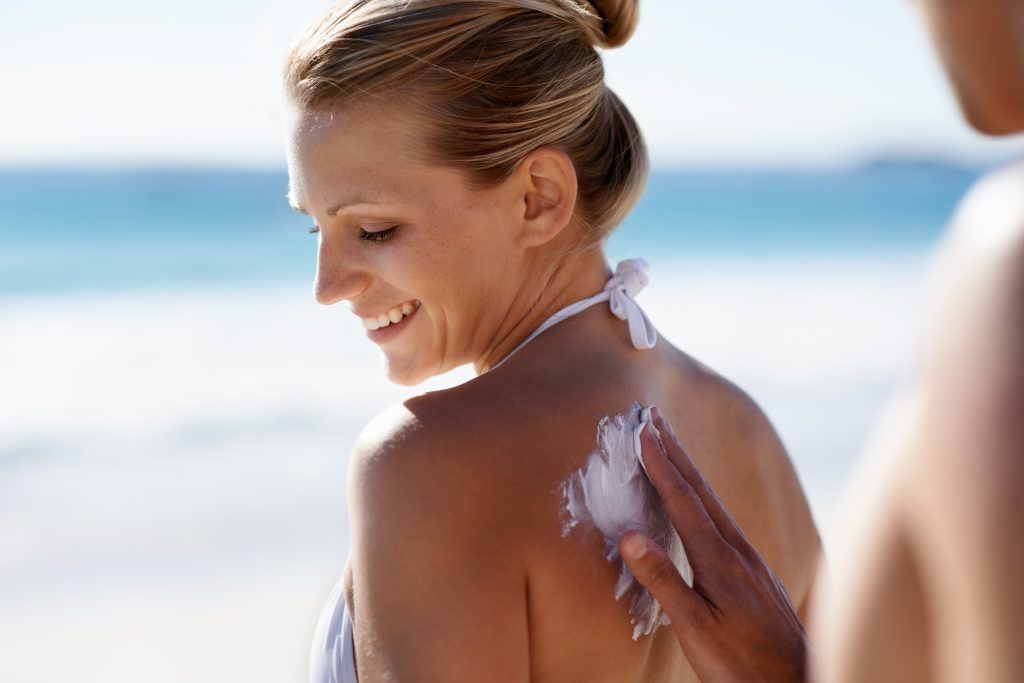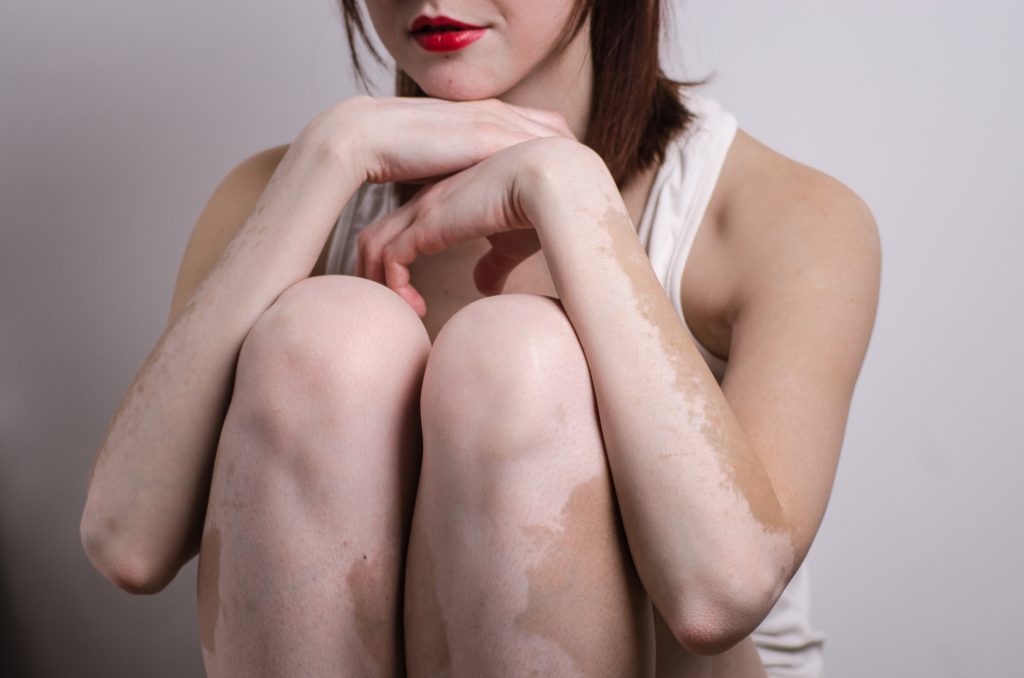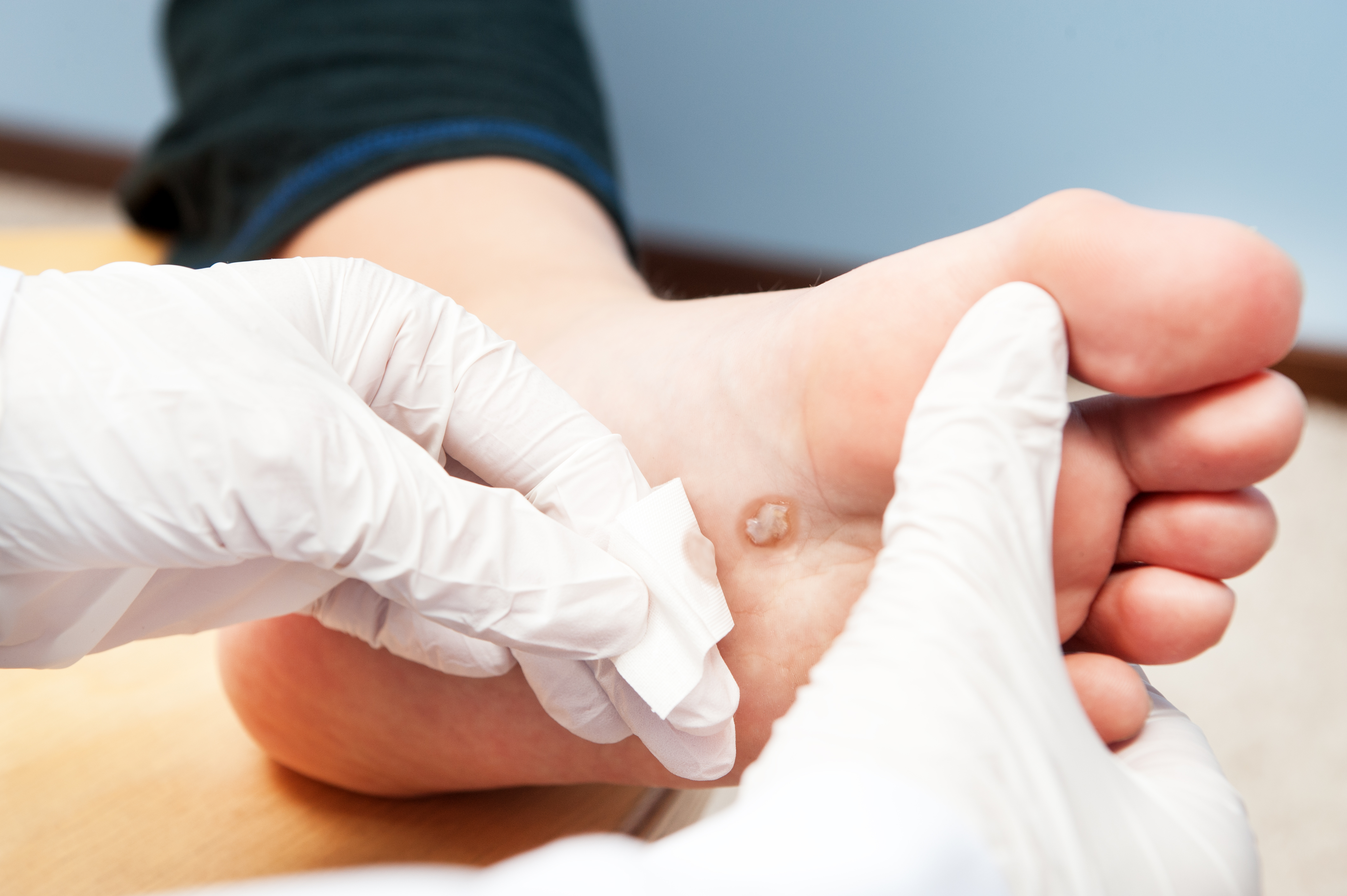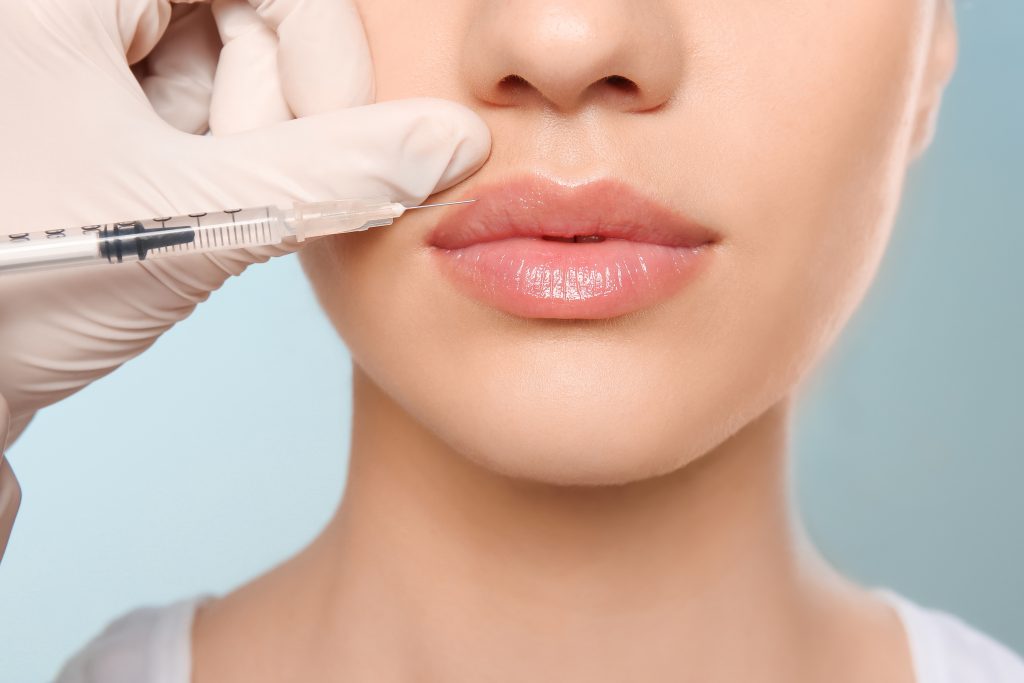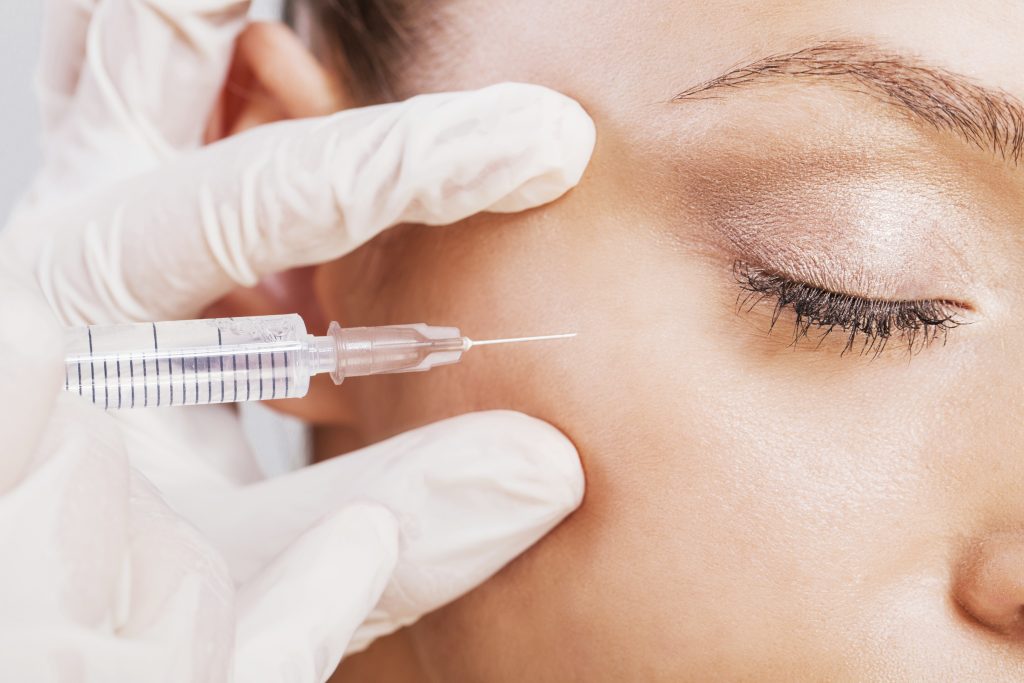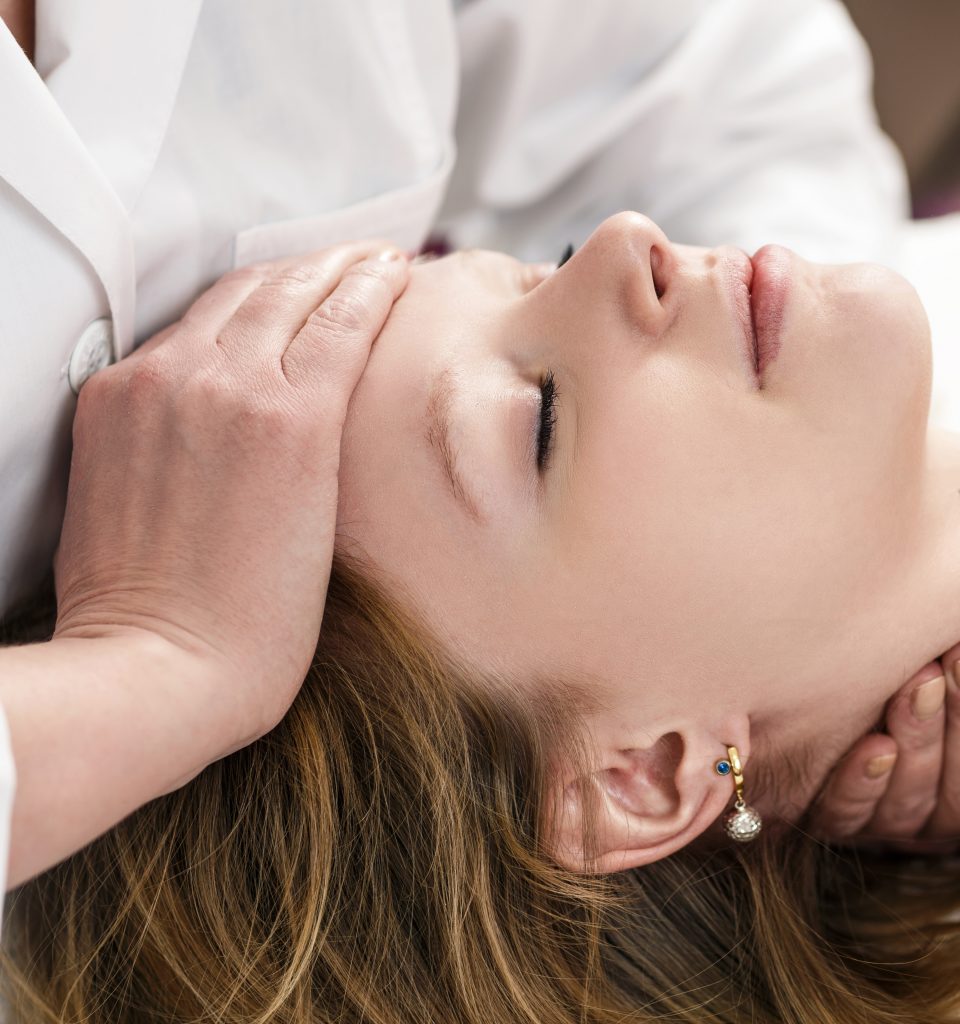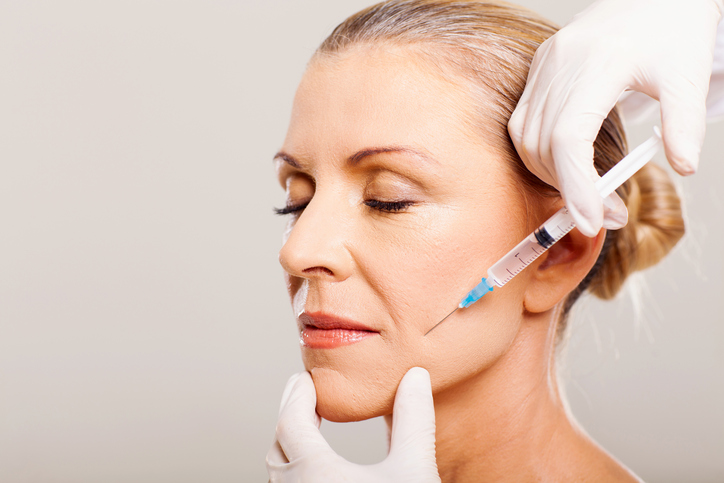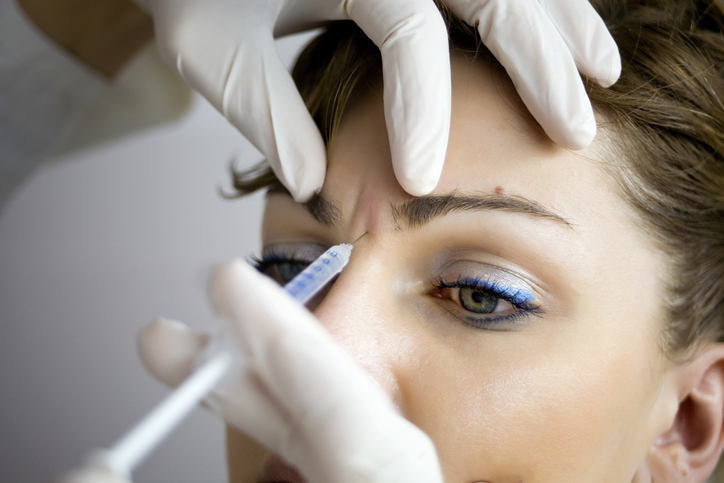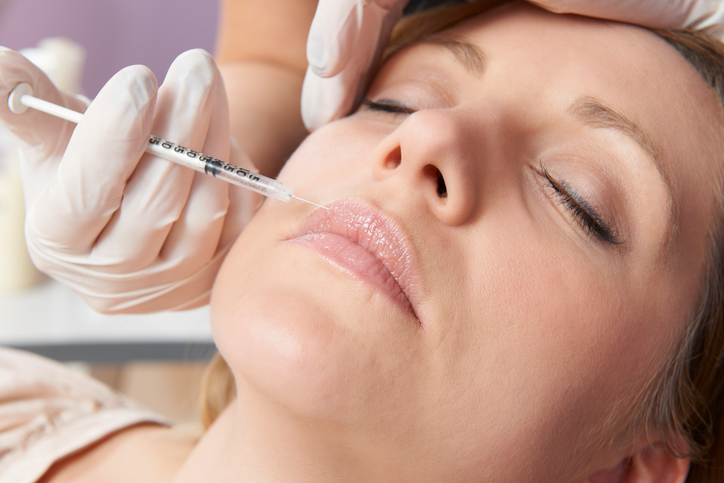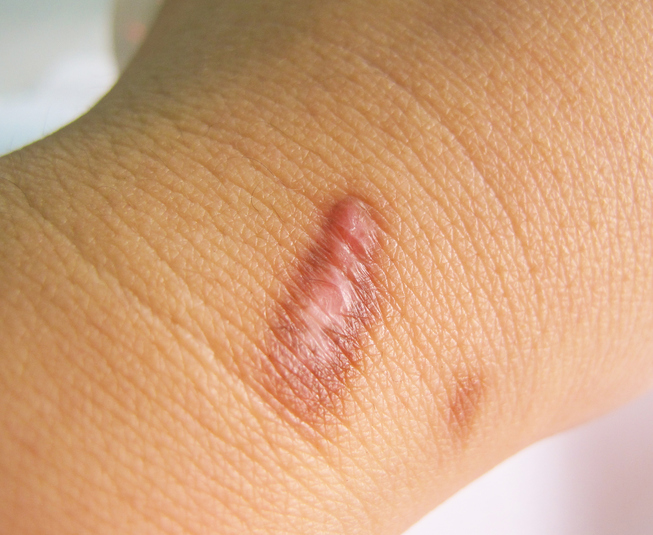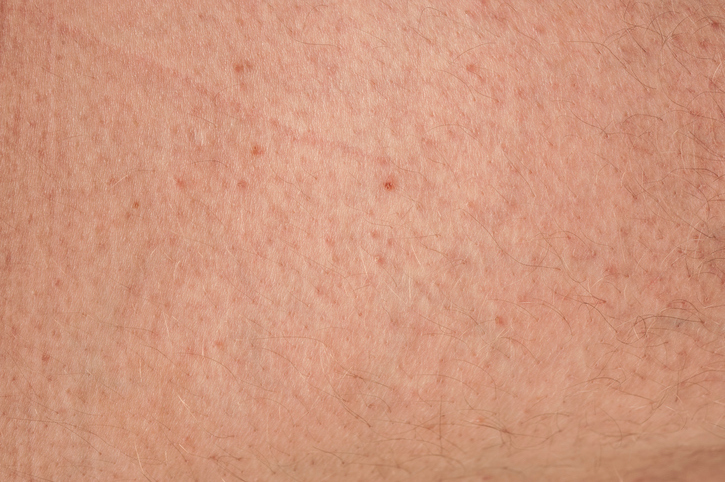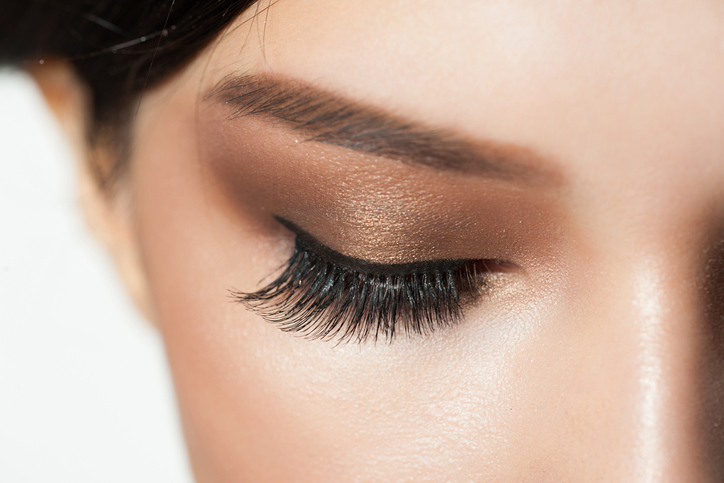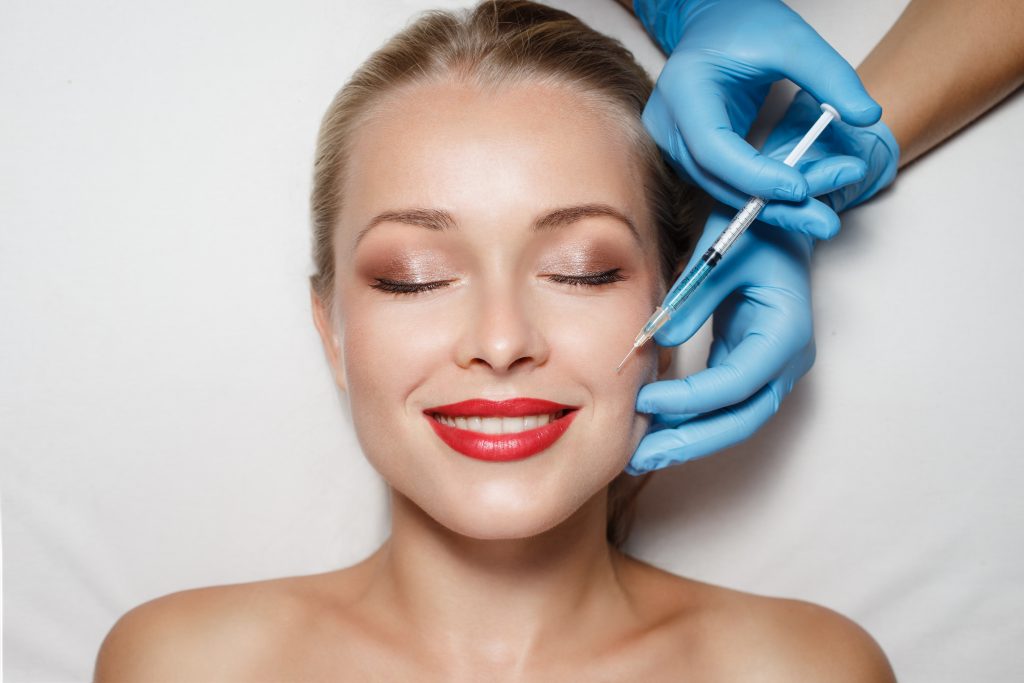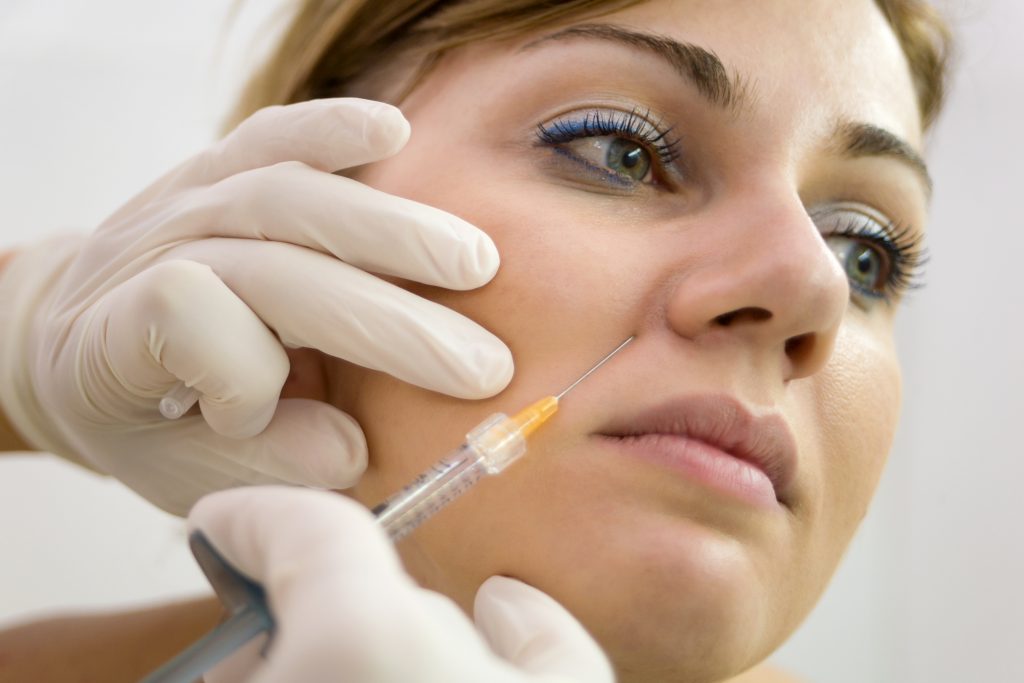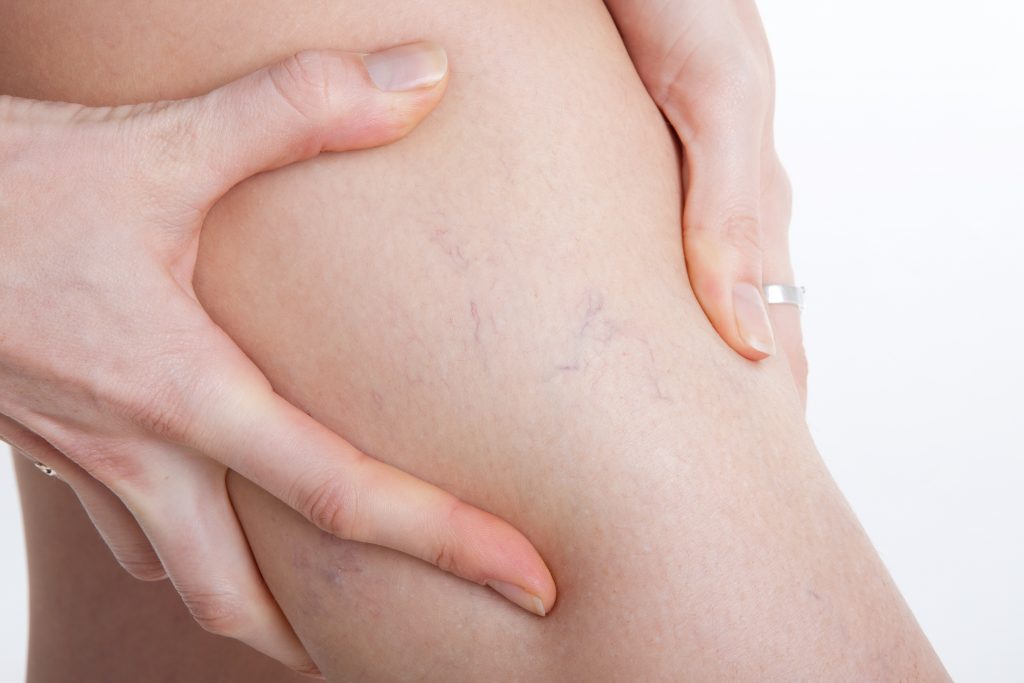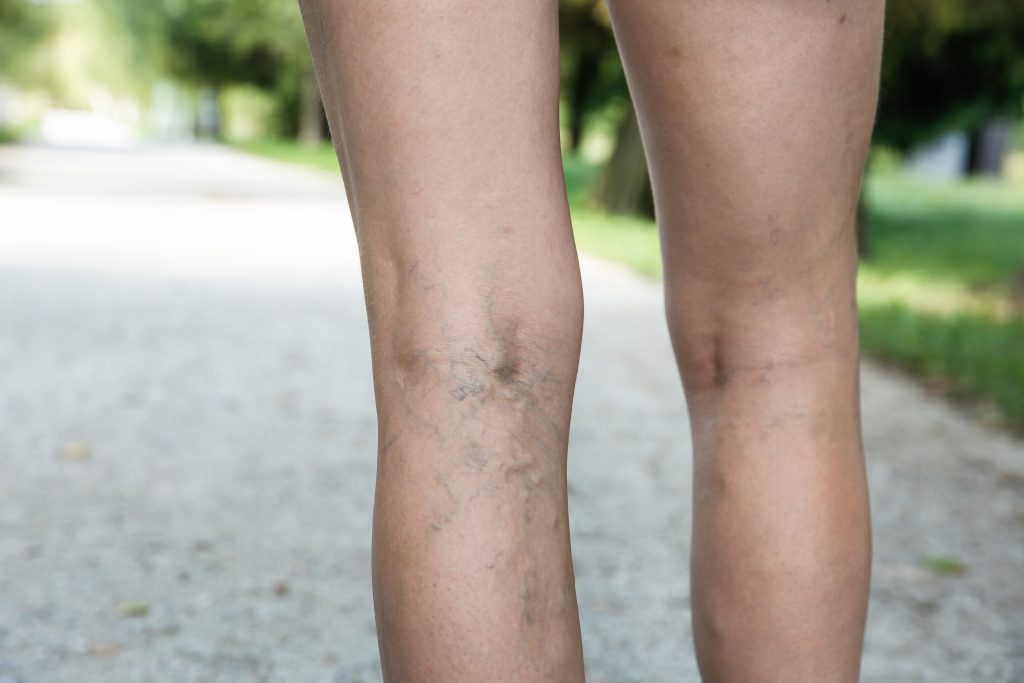Arathi R. Rana, MD was born and raised in Allen, Texas. She attended Austin College where she earned her bachelor’s degree and was inducted into the Psi Chi International Honor Society, graduating Cum Laude. She then went on to earn her medical degree from Texas A&M College of Medicine. During her time in medical school, she was inducted into the prestigious Alpha Omega Alpha Honor Society as a junior member and graduated in the top 5% of her class. She also received the Glasgow-Rubin Certificate of Achievement and Glasgow-Rubin Commendation awards for her academic accomplishments.
After medical school, Dr. Rana completed her internship and dermatology residency at The University of Texas Medical Branch (UTMB) in Galveston, Texas. She received an award for two consecutive years during her residency from the American Society of Dermatologic Surgery (ASDS) to train under national leaders within the field of Cosmetic Dermatology. She also authored numerous publications and presented her work at both local and national conferences. In her final year of residency, she was selected as the Academic Chief Resident and awarded the UTMB Dermatology Resident Research Award for her study in aesthetic medicine.
Dr. Rana’s professional interests include detection and management of skin cancers; cosmetic treatments including neuromodulators (e.g., Botox), dermal fillers, sclerotherapy; the treatment of acne, warts, hyperpigmentation; and cyst/lipoma removal.
Dr. Rana and her husband, a facial plastic surgeon, reside in North Dallas with their fun-loving German Shepherd. Her personal interests include spending time with family and friends, going to the dog park, trying new restaurants, spin class, interior design, and traveling.
Dr. Rana treats patients at U.S. Dermatology Partners in Sherman and Paris, Texas, and is accepting new patients!
Specialties and Affiliations
- Alpha Omega Alpha Honor Medical Society
- American Academy of Dermatology
- Texas Dermatological Society
- American Society for Dermatologic Surgery
- Women’s Dermatologic Society
- Skin of Color Society
- Texas Medical Association
- Psi Chi Honor Society
Featured Articles
Featured Blogs
- Super Doctors Recognizes 16 Dermatology Partners Physicians as Rising Stars in Peer-Nominated Award
- U.S. Dermatology Partners Relocates Sherman Office to Expanded Facility
- How to Treat Folliculitis
- How Long do Lip fillers Last?
- Does Sunscreen Expire?
- How to Get Rid of Chest Acne
- What are the Differences Between Atopic Dermatitis & Seborrheic Dermatitis?
- How to Take Care of Your Skin – 5 Easy Steps to Great Skin Care
- How to Get Rid of Bacne (Back-Acne)
- What is Eczema?
- U.S. Dermatology Partners Welcomes Dermatologist, Arathi Rana, MD, to Sherman & Paris, Texas
- How do I Care for Skin with Cystic Acne?


